Home>Furniture & Design>Outdoor Furniture>How To Choose An Outdoor Ceiling Fan
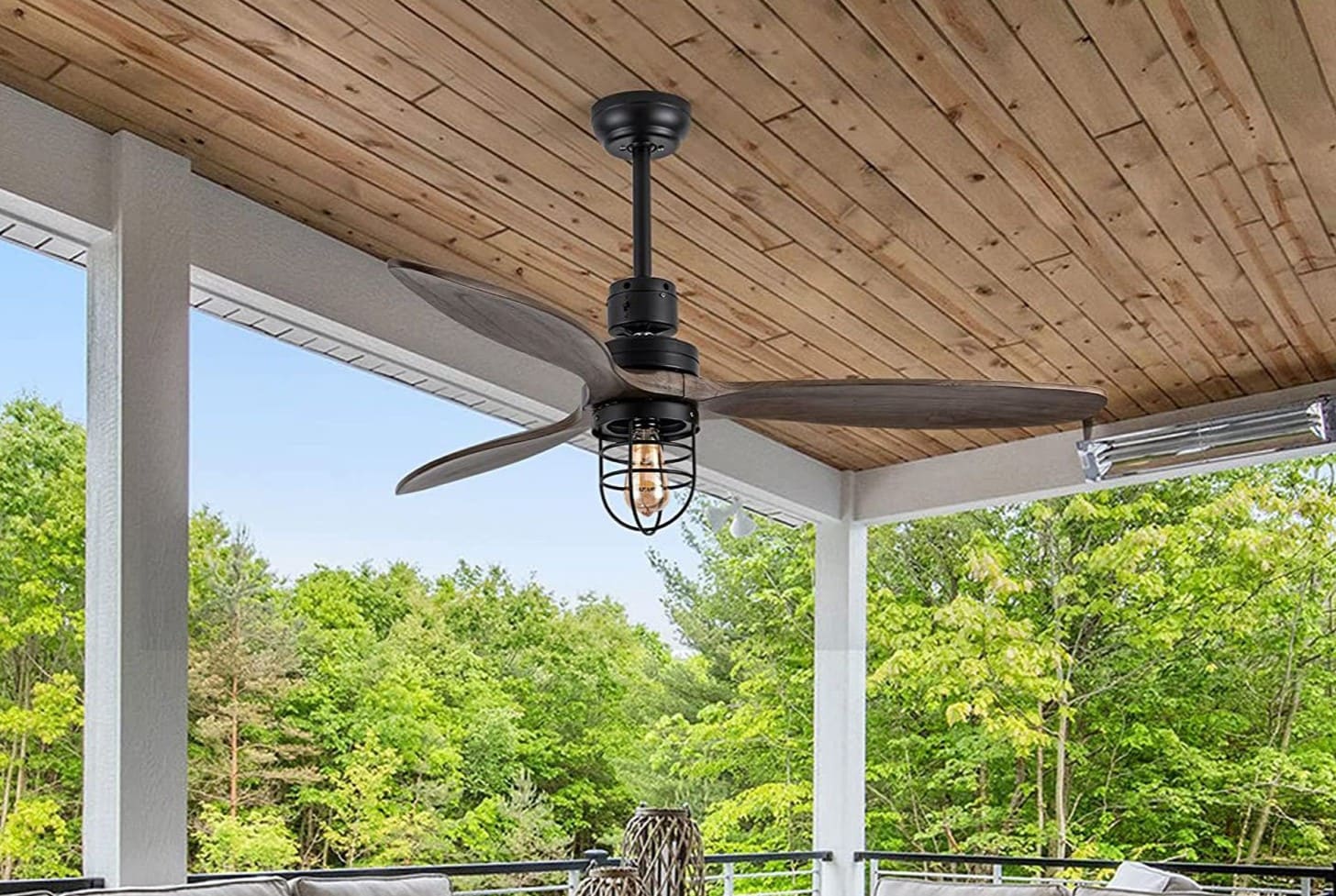

Outdoor Furniture
How To Choose An Outdoor Ceiling Fan
Modified: August 19, 2024
Discover the best outdoor ceiling fan for your space with our expert tips and recommendations. Create a comfortable and stylish outdoor oasis with the perfect choice.
(Many of the links in this article redirect to a specific reviewed product. Your purchase of these products through affiliate links helps to generate commission for Storables.com, at no extra cost. Learn more)
Introduction
When it comes to creating a comfortable and inviting outdoor living space, an outdoor ceiling fan can be a game-changer. Not only does it provide a refreshing breeze on hot summer days, but it also helps circulate air, keeping the environment comfortable for gatherings, relaxation, and al fresco dining. However, choosing the right outdoor ceiling fan requires careful consideration of various factors, including the location, size, blade material, motor performance, energy efficiency, and additional features. In this guide, we will explore the essential aspects to consider when selecting an outdoor ceiling fan, empowering you to make an informed decision that aligns with your outdoor design and comfort needs. Whether you're revamping your patio, deck, or pergola, or planning a new outdoor oasis, the right outdoor ceiling fan can elevate both the aesthetics and functionality of your space. Let's delve into the key considerations that will guide you toward the perfect outdoor ceiling fan for your outdoor haven.
Key Takeaways:
- Choose the right outdoor ceiling fan by considering location, size, blade material, motor performance, energy efficiency, and additional features. Tailoring your selection to your outdoor space ensures comfort and style.
- Prioritize durability, energy efficiency, and convenience when selecting an outdoor ceiling fan. Assessing the location, size, and features will help create a comfortable and eco-friendly outdoor oasis.
Read more: How To Install An Outdoor Ceiling Fan
Consider the Location
Before choosing an outdoor ceiling fan, it’s crucial to assess the location where it will be installed. Outdoor ceiling fans are designed to withstand various environmental conditions, but different locations may require specific features to ensure optimal performance and longevity.
For covered outdoor areas such as porches, gazebos, and lanais, a damp-rated outdoor ceiling fan is suitable. These fans are engineered to withstand moisture and humidity without being directly exposed to rain or harsh elements. On the other hand, for uncovered outdoor spaces like pergolas, patios, or decks, a wet-rated outdoor ceiling fan is essential. Wet-rated fans are built to endure direct exposure to rain and other outdoor elements, making them ideal for open-air environments.
Furthermore, consider the ceiling height and whether the fan will be installed on a sloped or angled ceiling. Some outdoor ceiling fans come with adaptable mounting options to accommodate various ceiling angles, ensuring a secure and balanced installation. Additionally, for areas with low ceilings, hugger or low-profile outdoor ceiling fans are designed to provide ample airflow without compromising headroom.
By evaluating the specific location and environmental conditions, you can narrow down the options to outdoor ceiling fans that are tailored to meet the demands of your outdoor space, ensuring both performance and durability.
Size and Mounting Options
Choosing the right size for your outdoor ceiling fan is crucial for maximizing its effectiveness and visual appeal. The size of the fan is typically determined by the measurement of its blades. For spacious outdoor areas, opt for larger fans with a greater blade span to efficiently circulate air and create a comfortable breeze across the entire space. Conversely, smaller outdoor spaces or those with lower ceilings are better suited for fans with a more compact blade span.
When it comes to mounting options, outdoor ceiling fans offer versatile choices to accommodate different ceiling configurations. Standard or traditional mounting involves attaching the fan to a downrod, allowing it to hang at a standard distance from the ceiling. This type of mounting is suitable for spaces with standard or high ceilings.
For lower ceilings or areas where a closer-to-ceiling installation is desired, hugger or low-profile outdoor ceiling fans are an excellent choice. These fans are mounted flush to the ceiling, providing an unobtrusive yet effective cooling solution for outdoor areas with limited vertical space.
Moreover, for outdoor spaces with angled or sloped ceilings, it’s essential to select a fan that offers an adaptable mounting system. Many outdoor ceiling fans come with hardware that enables installation on sloped ceilings, ensuring a secure and stable fit regardless of the ceiling angle.
By considering the size of the outdoor area and the available mounting options, you can select an outdoor ceiling fan that not only complements the aesthetics of the space but also delivers optimal airflow and cooling performance.
Blade Material and Design
The material and design of the blades significantly impact both the performance and visual appeal of an outdoor ceiling fan. When selecting an outdoor ceiling fan, consider the blade material, shape, and finish to ensure it aligns with your outdoor design scheme and functional requirements.
Blade materials commonly used for outdoor ceiling fans include ABS plastic, stainless steel, aluminum, and natural wood. ABS plastic blades are durable, moisture-resistant, and suitable for withstanding outdoor elements. Stainless steel and aluminum blades offer excellent resistance to rust and corrosion, making them ideal for coastal or humid environments. Natural wood blades bring a touch of organic elegance to outdoor spaces and are often treated to withstand moisture and outdoor conditions.
Furthermore, the design and shape of the blades contribute to the airflow efficiency and overall aesthetic of the fan. Fans with wider, contoured blades are adept at moving a high volume of air, making them ideal for larger outdoor areas. Conversely, fans with sleek, aerodynamic blades are designed for quieter operation and are well-suited for smaller outdoor spaces or areas where noise level is a concern.
Additionally, consider the blade finish and color to coordinate with the outdoor décor. Whether you prefer a classic, wood-grain finish, a modern metallic sheen, or a sleek matte color, the blade finish can enhance the visual impact of the fan and complement the design theme of your outdoor living space.
By carefully evaluating the blade material, shape, and finish, you can select an outdoor ceiling fan that not only enhances the comfort of your outdoor area but also adds a stylish and cohesive element to the overall design.
When choosing an outdoor ceiling fan, make sure it is rated for outdoor use and has a damp or wet rating, depending on the location. This will ensure it can withstand the elements and last longer.
Motor and Performance
The motor is the heart of an outdoor ceiling fan, dictating its performance, efficiency, and longevity. When evaluating outdoor ceiling fans, it’s essential to consider the motor quality and performance features to ensure optimal airflow and reliable operation in outdoor environments.
Look for outdoor ceiling fans equipped with high-quality motors that are specifically engineered to withstand outdoor conditions. Durable, sealed motors are essential for protecting the fan from moisture, dust, and other outdoor elements, ensuring long-lasting performance and minimizing the risk of motor-related issues.
Moreover, the motor’s power and speed settings influence the fan’s airflow capacity and energy efficiency. Fans with multiple speed options allow you to adjust the airflow according to your comfort preferences, making them versatile for varying weather conditions and outdoor activities. Additionally, outdoor ceiling fans with reversible motor functionality enable year-round use, promoting efficient air circulation in both warm and cool seasons.
Noise level is another crucial aspect of motor performance, particularly for outdoor spaces where tranquility is valued. Look for outdoor ceiling fans with quiet, well-balanced motors to enjoy a peaceful outdoor ambiance without disruptive fan noise.
Furthermore, advanced motor technologies such as DC motors offer enhanced energy efficiency, consuming less power while delivering impressive airflow. Energy-efficient outdoor ceiling fans not only contribute to cost savings but also reduce environmental impact, making them a sustainable choice for outdoor comfort.
By prioritizing motor quality, performance features, and energy efficiency, you can select an outdoor ceiling fan that delivers consistent, quiet, and efficient airflow, enhancing the comfort and enjoyment of your outdoor living space.
Read more: What Are The Best Outdoor Ceiling Fans?
Energy Efficiency
Choosing an energy-efficient outdoor ceiling fan not only contributes to environmental sustainability but also leads to cost savings and long-term value. When assessing the energy efficiency of outdoor ceiling fans, several key factors come into play, influencing their overall environmental impact and operational cost.
One of the primary indicators of energy efficiency in outdoor ceiling fans is the Energy Star certification. Energy Star-rated fans meet stringent energy efficiency guidelines set by the Environmental Protection Agency (EPA), ensuring that they consume less energy without compromising performance. These fans are designed to optimize airflow while minimizing power consumption, making them an eco-friendly and economical choice for outdoor comfort.
Additionally, the fan’s motor type significantly impacts its energy efficiency. DC (direct current) motors are known for their impressive energy-saving capabilities, consuming up to 70% less energy than standard AC (alternating current) motors. Outdoor ceiling fans equipped with DC motors offer quiet operation, variable speed settings, and superior airflow efficiency, making them an ideal choice for eco-conscious consumers seeking sustainable outdoor cooling solutions.
Furthermore, consider the fan’s lighting options, if applicable, as integrated LED light kits offer energy-efficient illumination, reducing the overall energy consumption of the fan and outdoor space. LED lighting not only enhances the functionality and ambiance of the outdoor area but also contributes to lower energy bills and reduced environmental impact.
By selecting an energy-efficient outdoor ceiling fan, you can enjoy the benefits of reduced energy consumption, lower utility costs, and a smaller carbon footprint while creating a comfortable and eco-friendly outdoor environment.
Additional Features
When choosing an outdoor ceiling fan, exploring the available additional features can elevate the functionality, convenience, and aesthetics of the fan, enhancing your outdoor living experience.
Remote control functionality offers convenient operation of the fan’s speed, light, and other settings from a distance, eliminating the need for manual adjustments and providing added convenience, especially in outdoor settings where reaching the fan may be challenging.
Integrated lighting options provide both illumination and airflow in a single fixture, adding versatility and practicality to the outdoor ceiling fan. Whether enjoying an evening gathering or seeking subtle ambient lighting, fans with integrated LED light kits offer a seamless combination of cooling and illumination for outdoor spaces.
Fans with reversible blade rotation capability enable year-round use by facilitating upward airflow during the summer to create a cooling breeze and downward airflow in the winter to redistribute warm air trapped near the ceiling, promoting energy efficiency and comfort throughout the seasons.
Moreover, consider outdoor ceiling fans with advanced weather-resistant finishes and durable construction to withstand outdoor elements, ensuring long-term performance and aesthetic appeal. UV-resistant blades, rust-resistant hardware, and all-weather housing contribute to the fan’s durability and resilience in various outdoor conditions.
Some outdoor ceiling fans are equipped with smart technology compatibility, allowing integration with home automation systems or voice control platforms. This advanced feature enhances the fan’s convenience and connectivity, offering seamless integration with your smart outdoor living environment.
By exploring these additional features, you can tailor your outdoor ceiling fan selection to align with your specific preferences, lifestyle, and outdoor design vision, creating a harmonious and functional outdoor oasis.
Conclusion
Choosing the perfect outdoor ceiling fan involves a thoughtful consideration of various factors, each playing a crucial role in enhancing the comfort, aesthetics, and functionality of your outdoor living space. By carefully evaluating the location, size, mounting options, blade material and design, motor performance, energy efficiency, and additional features, you can make an informed decision that aligns with your outdoor design vision and cooling needs.
When selecting an outdoor ceiling fan, prioritize the environmental conditions of the installation area, ensuring that the fan is appropriately rated for damp or wet locations to withstand outdoor elements. Consider the size of the outdoor space and the available mounting options to determine the most suitable fan dimensions and installation method for optimal airflow and visual appeal.
Blade material, design, and finish play a significant role in both the fan’s performance and its contribution to the outdoor décor. Evaluate the blade material’s durability and resistance to outdoor conditions, as well as the design’s impact on airflow efficiency and visual harmony with the outdoor environment.
The motor quality, performance features, and energy efficiency of the fan are essential considerations for long-term reliability, quiet operation, and sustainable energy consumption. Look for fans with advanced motor technologies, energy-saving capabilities, and quiet operation to ensure a comfortable and eco-friendly outdoor cooling solution.
Exploring additional features such as remote control functionality, integrated lighting, reversible blade rotation, weather-resistant construction, and smart technology compatibility allows you to customize the fan to suit your lifestyle, convenience preferences, and outdoor living environment.
By integrating these considerations into your outdoor ceiling fan selection, you can create a welcoming, comfortable, and stylish outdoor retreat that reflects your unique design sensibilities and provides a refreshing escape for relaxation, entertainment, and enjoyment of the natural surroundings.
Ultimately, the right outdoor ceiling fan serves as a harmonious blend of form and function, enhancing the ambiance and livability of your outdoor space while offering a cool and inviting respite from the outdoor elements.
Frequently Asked Questions about How To Choose An Outdoor Ceiling Fan
Was this page helpful?
At Storables.com, we guarantee accurate and reliable information. Our content, validated by Expert Board Contributors, is crafted following stringent Editorial Policies. We're committed to providing you with well-researched, expert-backed insights for all your informational needs.
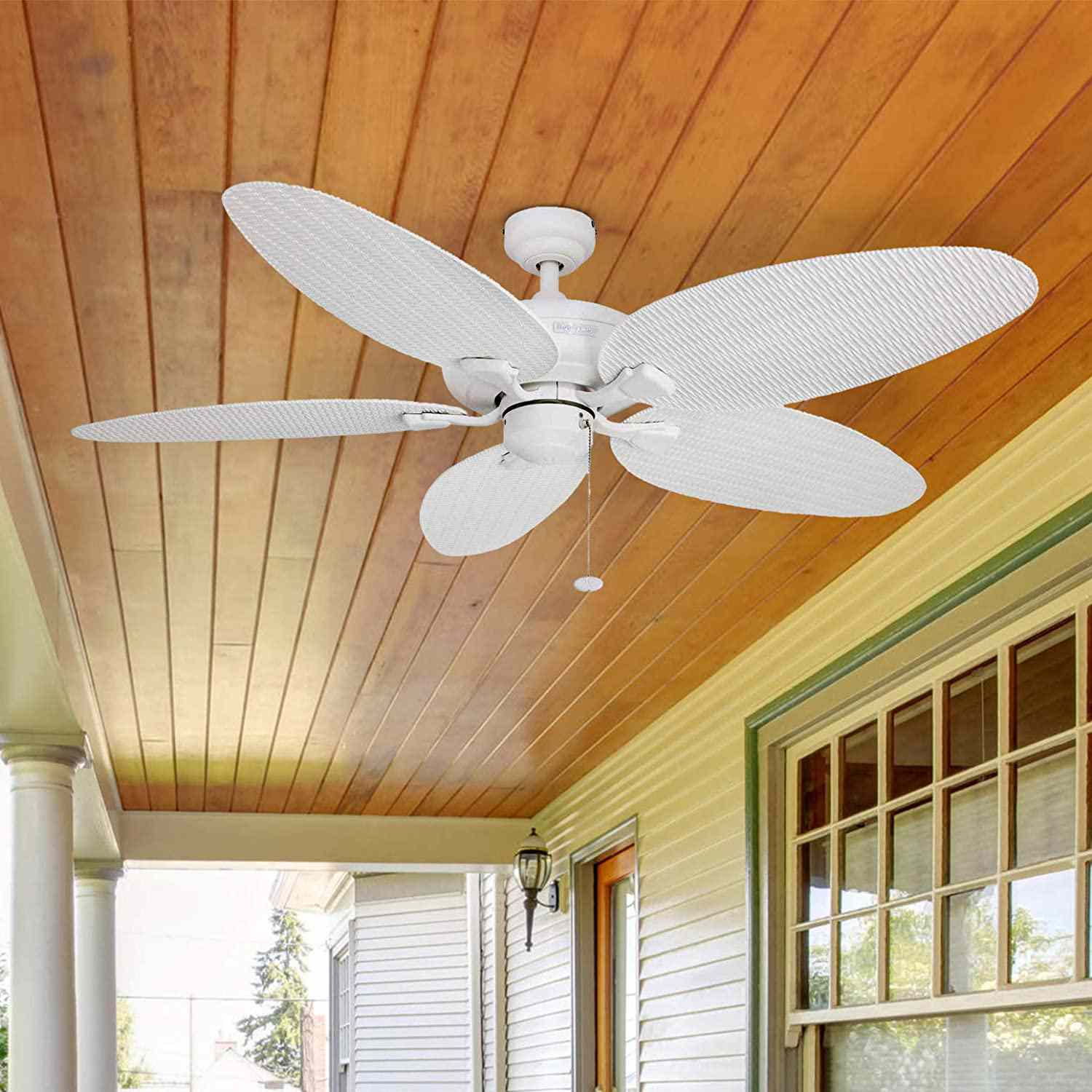
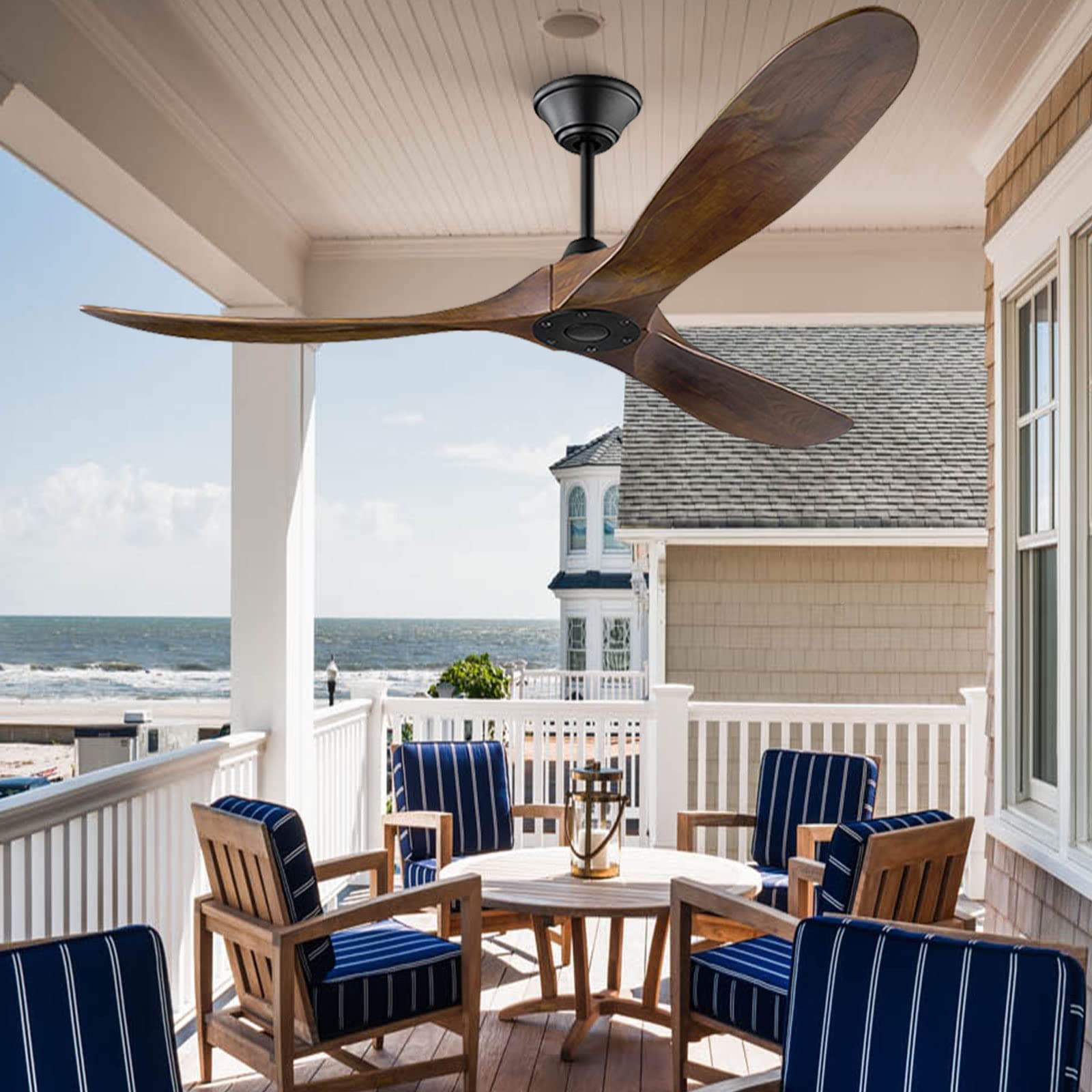
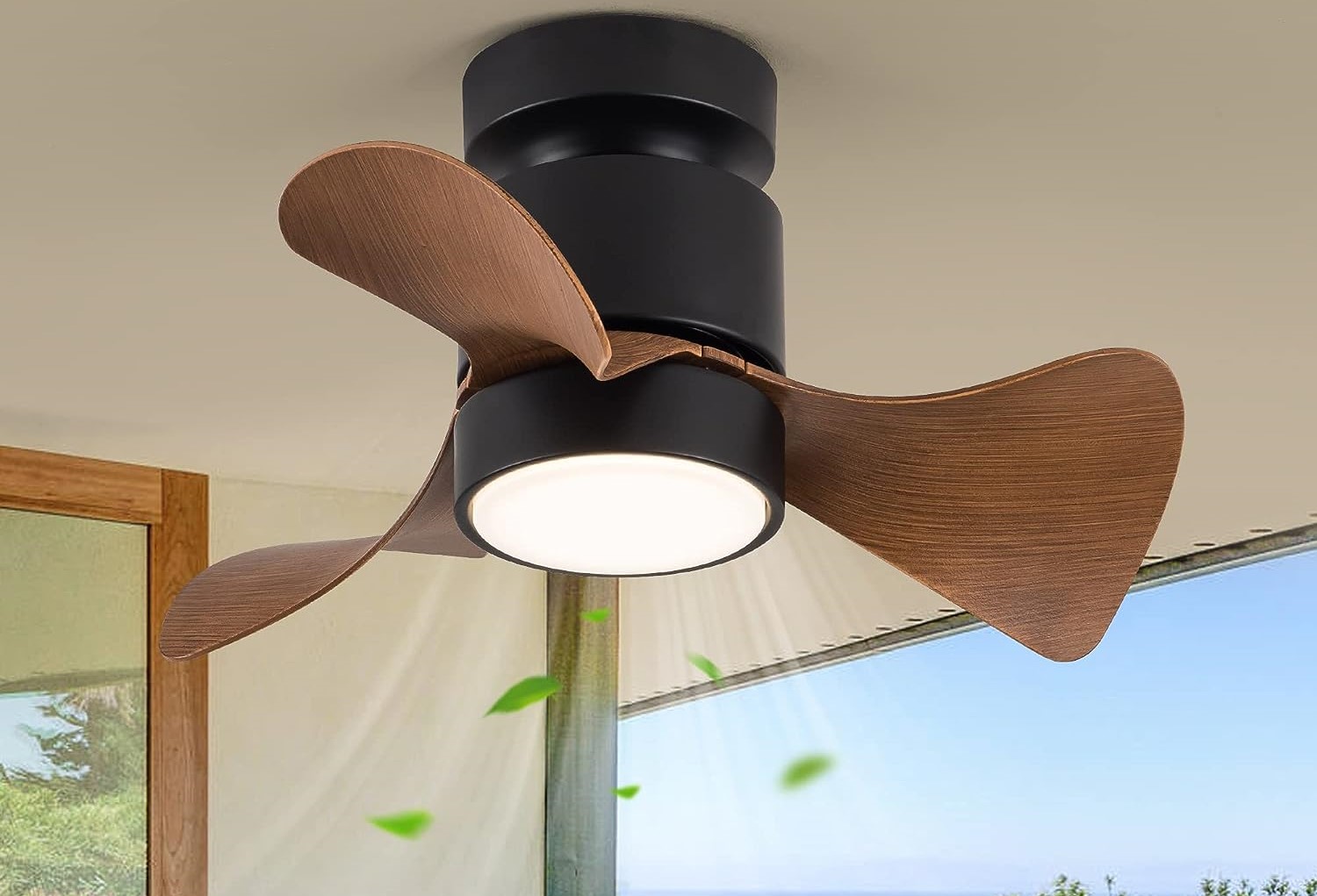
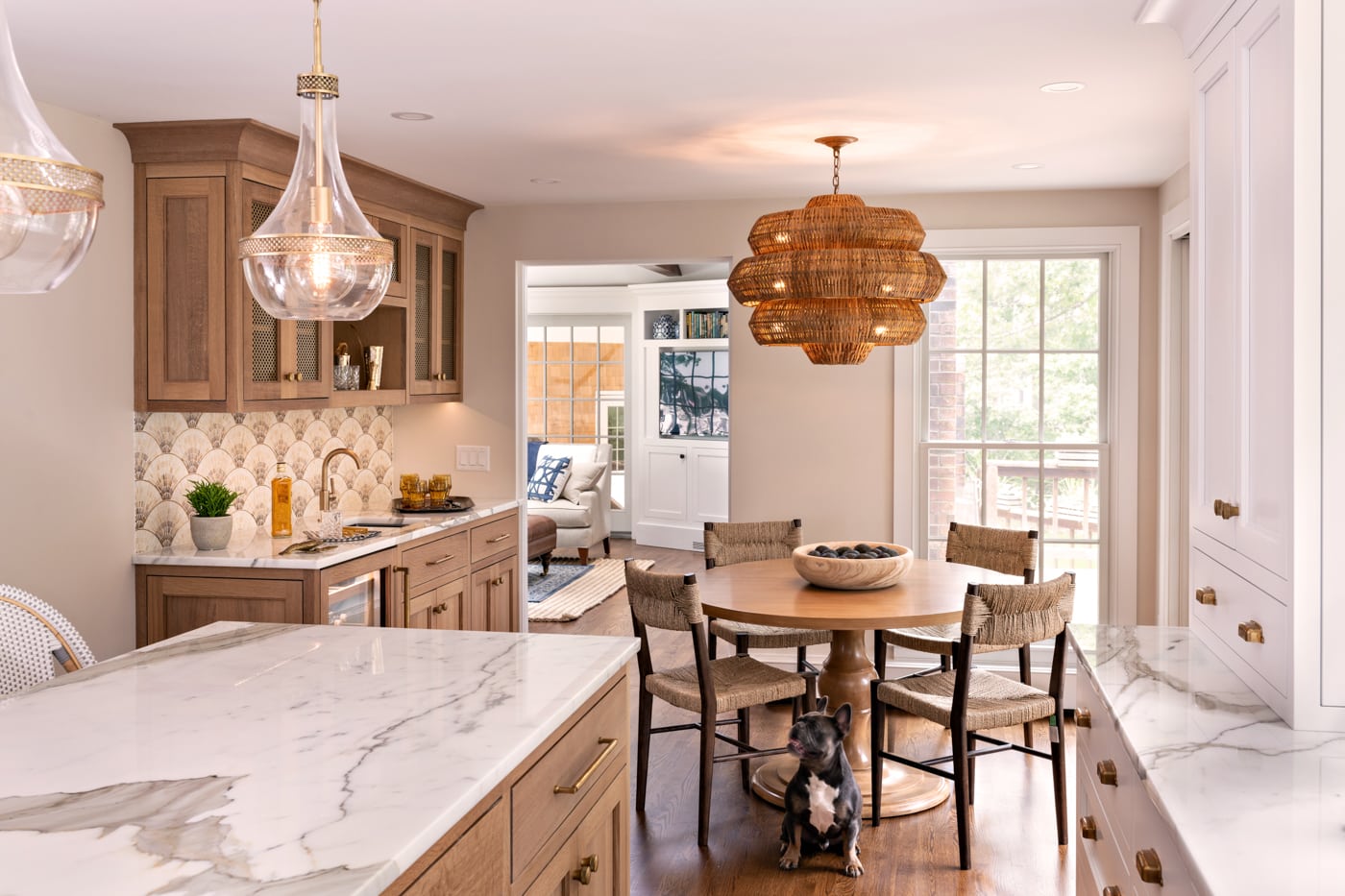
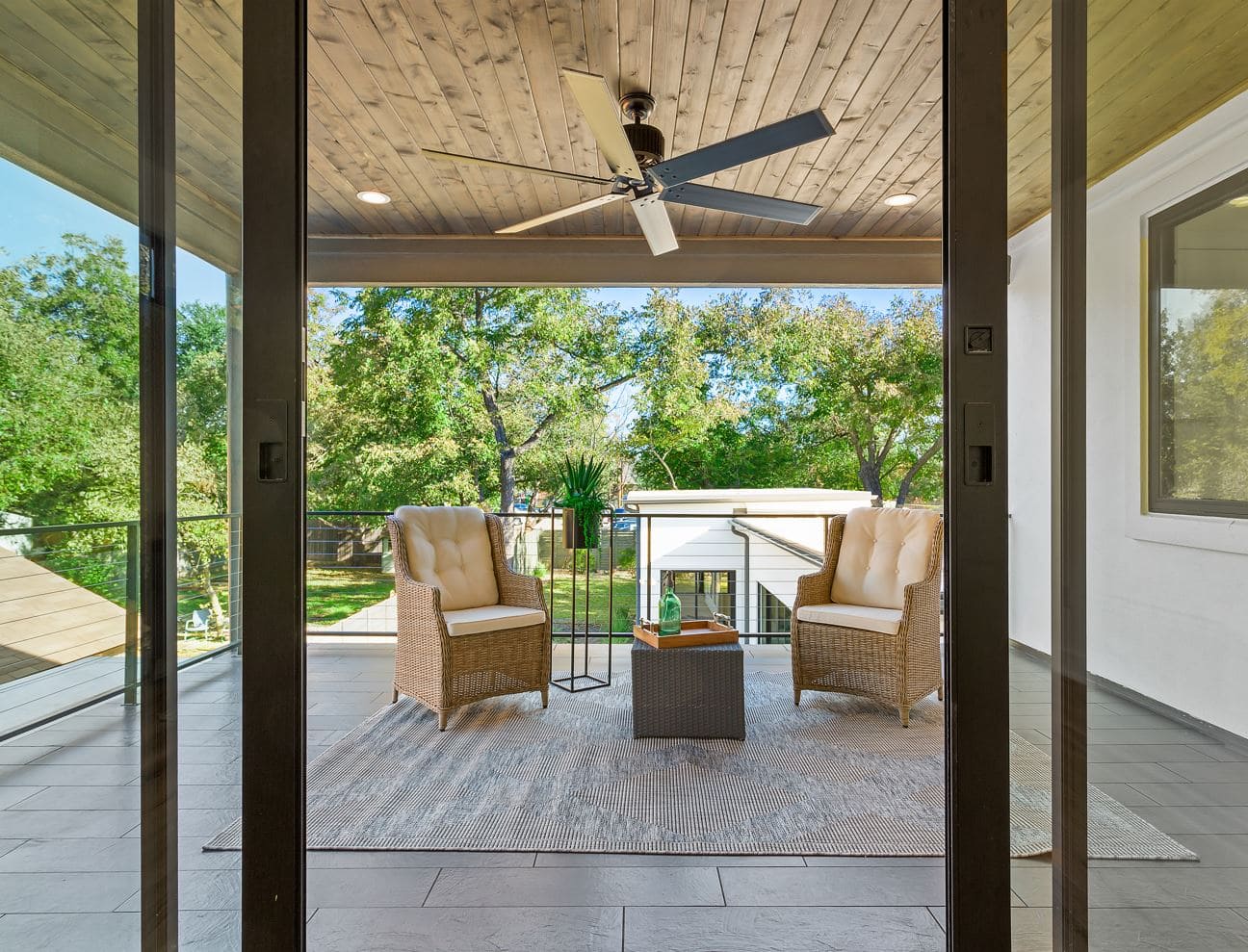
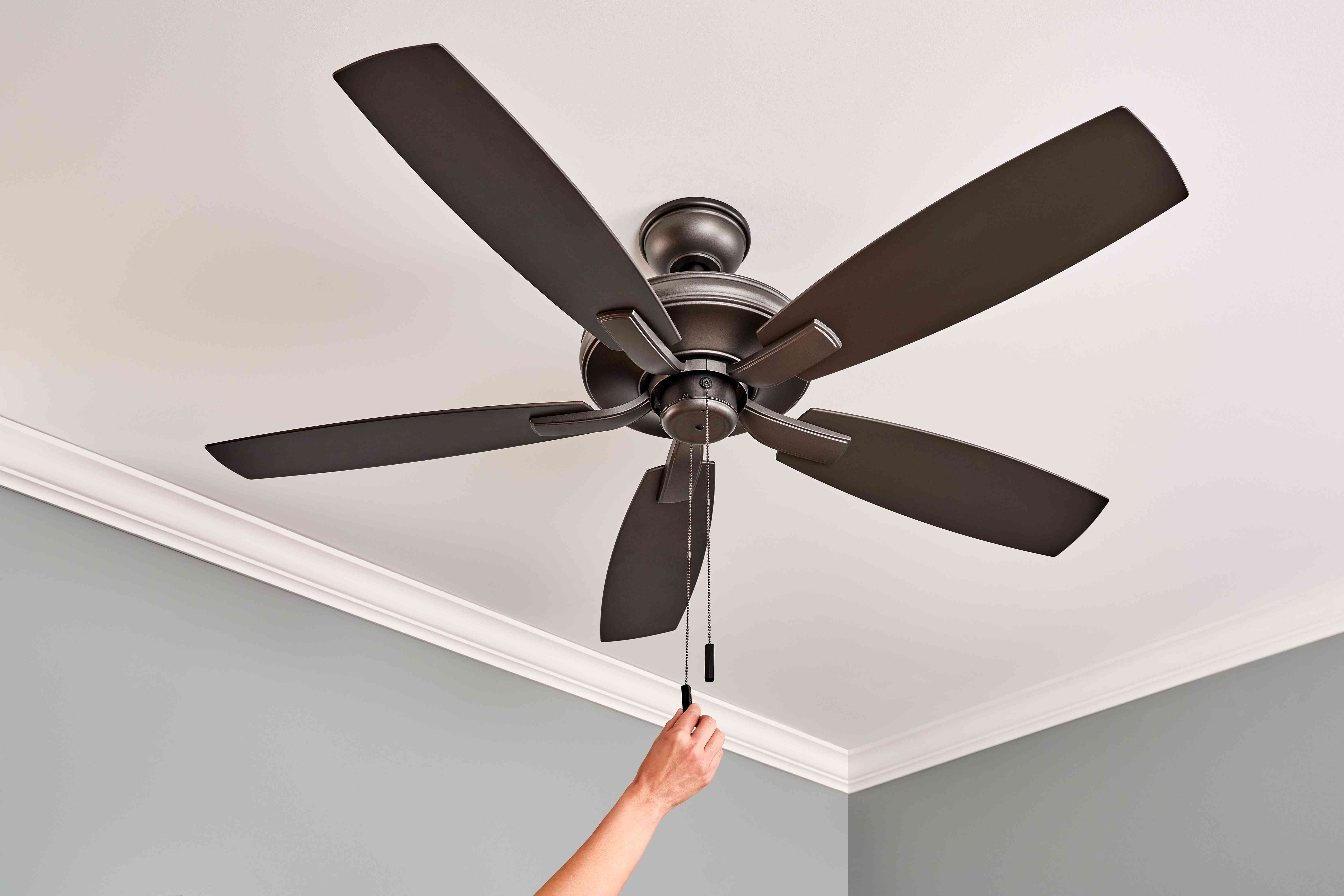
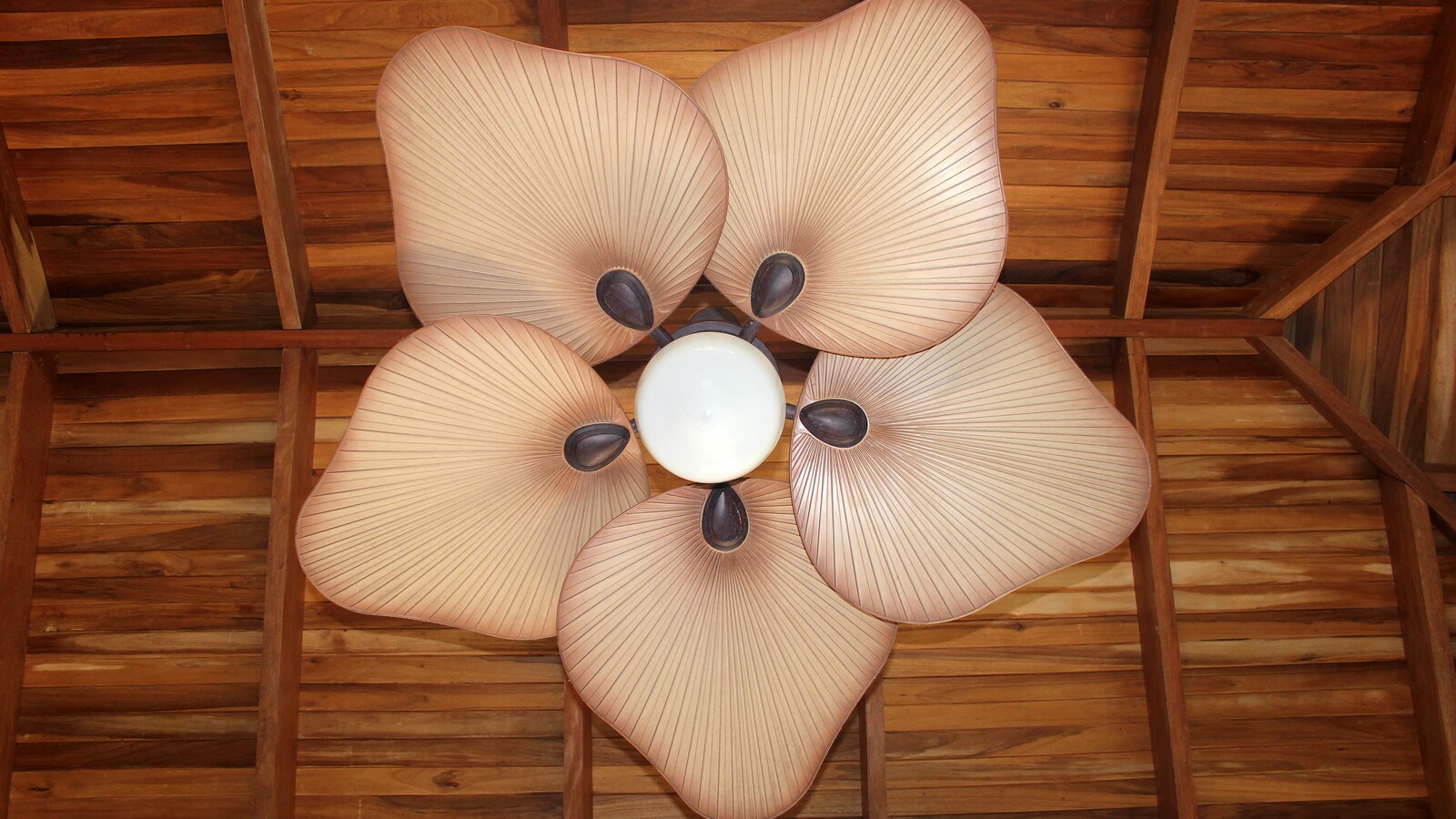

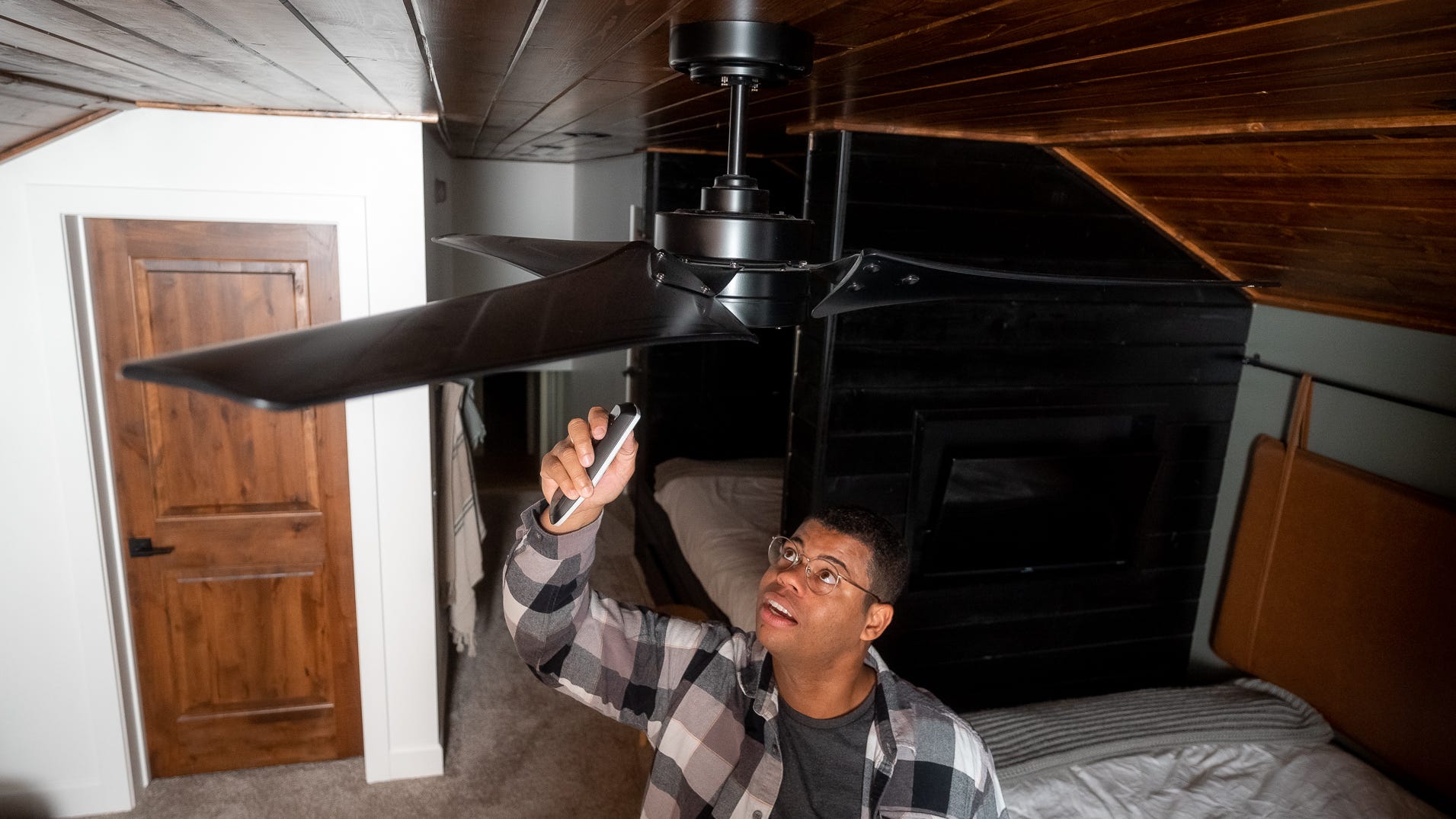
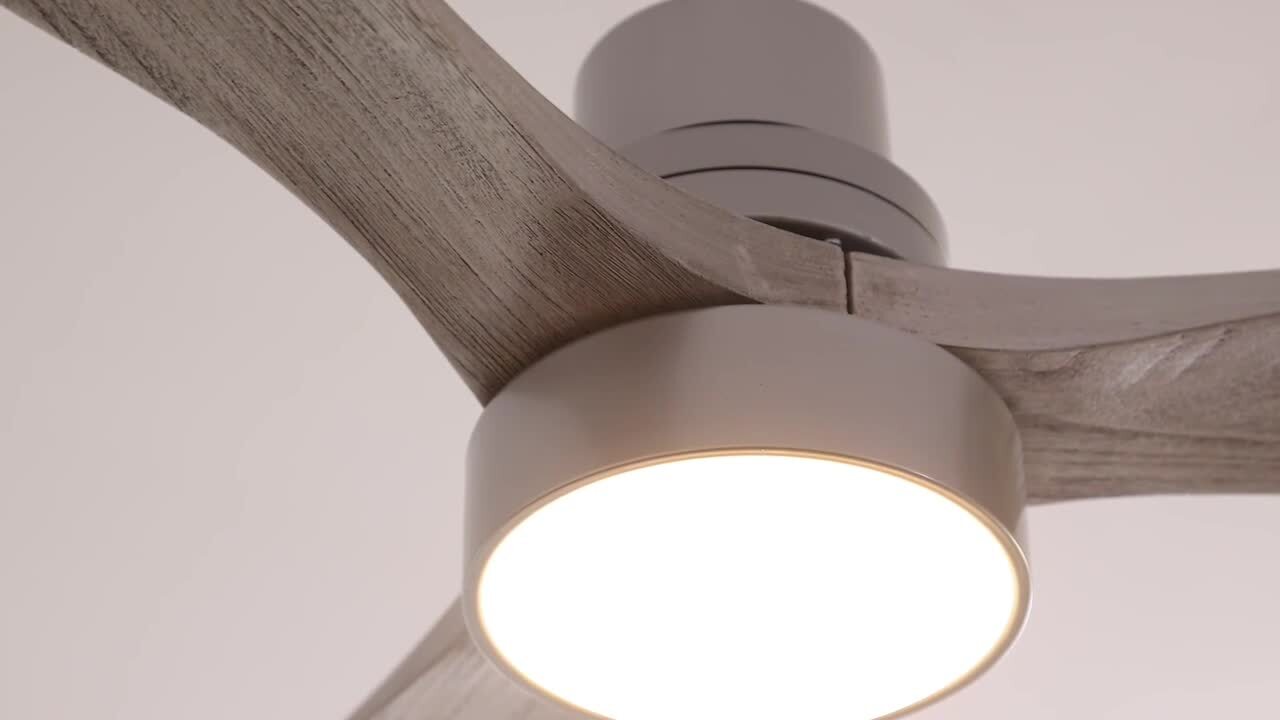
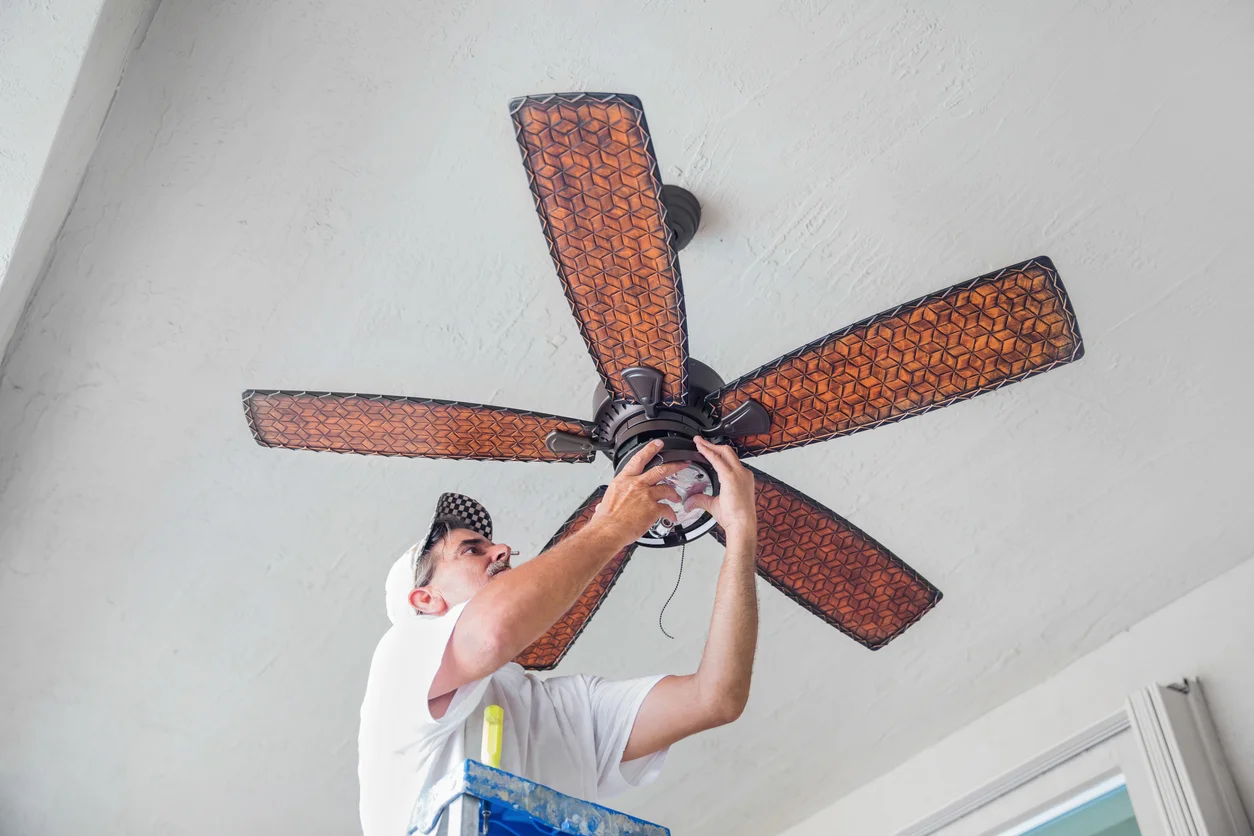
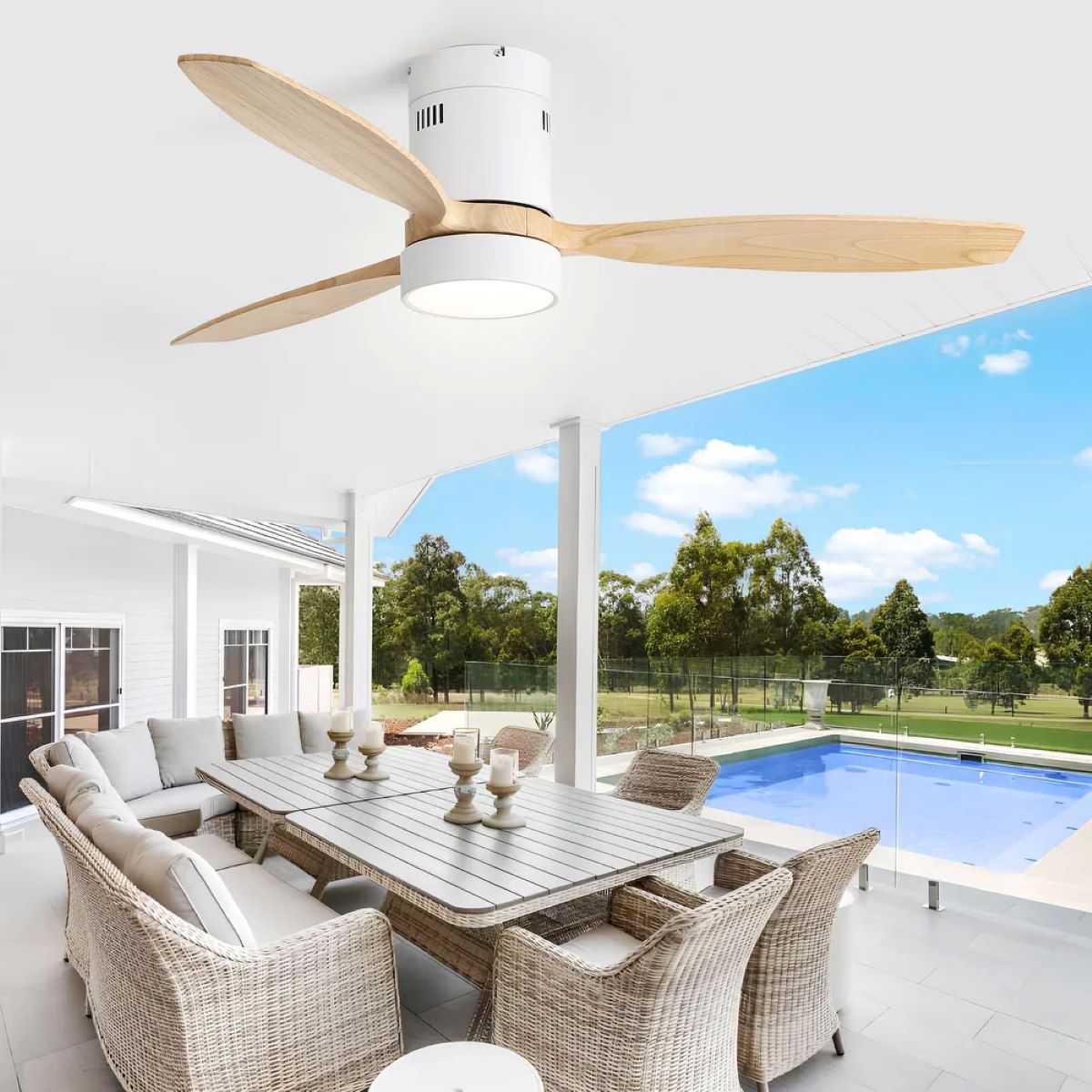
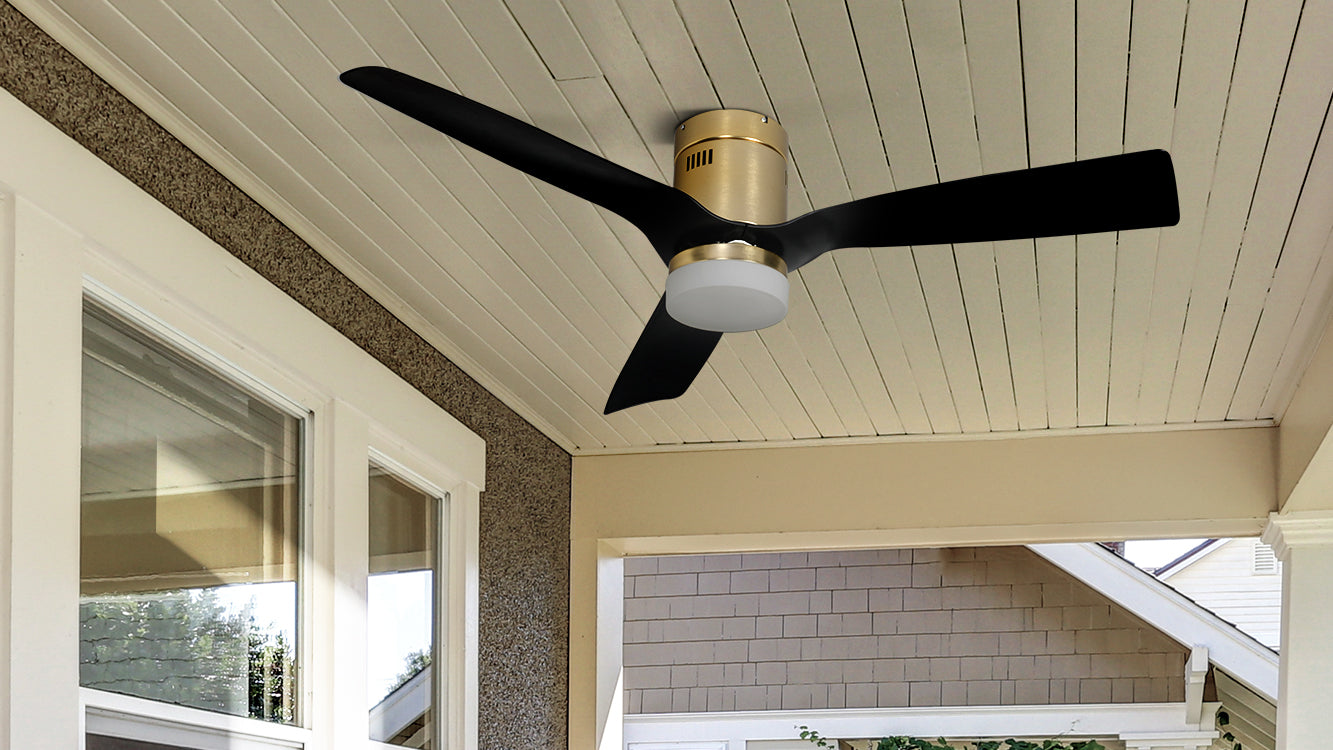
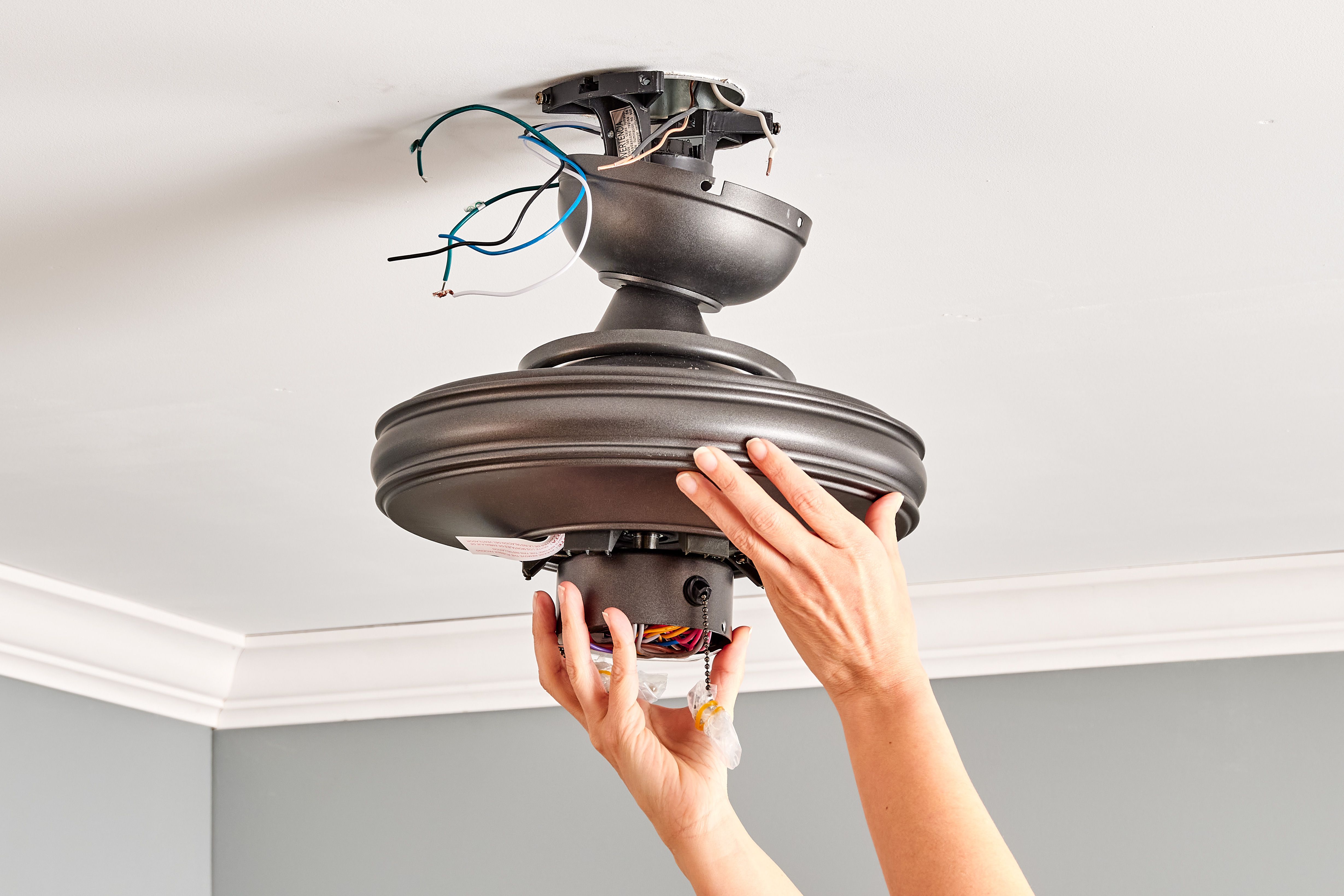

0 thoughts on “How To Choose An Outdoor Ceiling Fan”